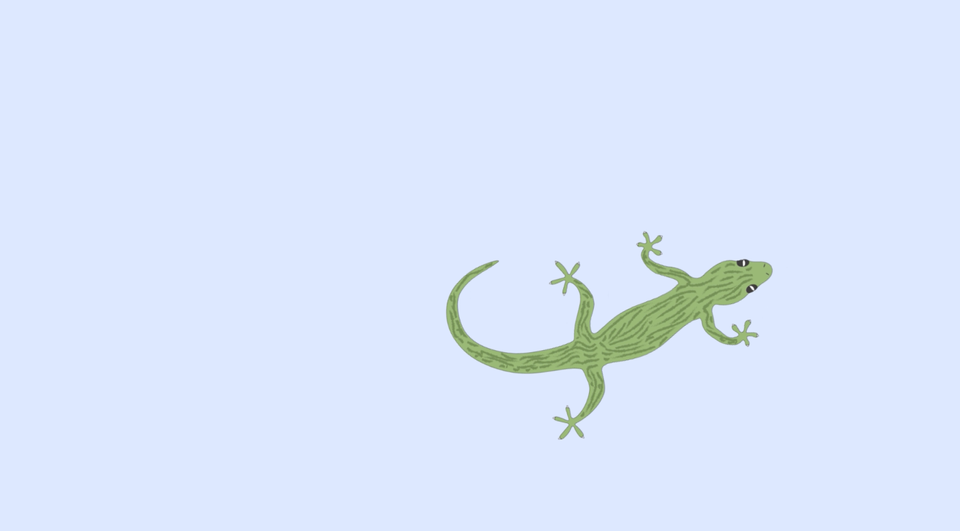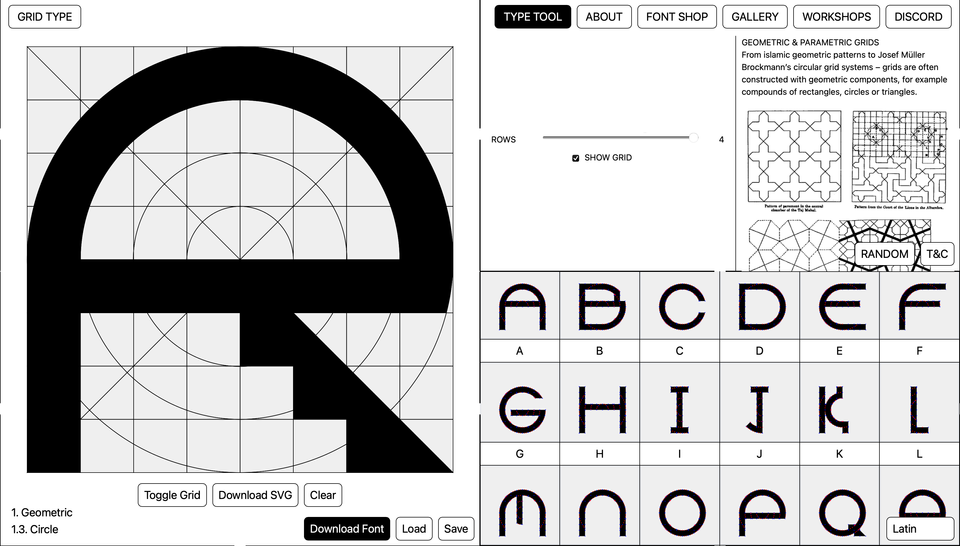Module 5.2 Process Document: Fin Clemens
Technology plays a huge role in my personal design process just by the mere fact that I much prefer working digitally than with traditional physical methods. I still use them but rely on digital practices much more heavily. Before this module I did not focus much on emerging technologies, often seeing them and appreciating them but never thought of bringing them into my own design process and work, I now have a much better perception of the balance between established tools and emerging technologies and how they can be utilised together to take my work to a whole new level that I previously wouldn't have even thought of. I started this module by thinking about how I could have applied emerging technologies into my work that I had created last year:

Personally, over the last year I had become over-reliant on the Adobe Creative Suite preferring to start my design process often with a blank canvas in Photoshop or Illustrator and not even starting with any quick or basic sketches physically but just to turn on my computer and start with a blank page. This definitely limited some of my work as it slows me down reeling off quick concepts and ideas for my design process as rather than starting out with multiple concepts to choose a path for my work it basically created a tunnel vision to a final outcome that may not have been the best quality of my work. This is definitely a tension for the Adobe Creative Suite as I know that it can't just be me that has become over-reliant on the softwares included as when you learn how to use the tools available it becomes second nature to take your work there to build it.
However they are now implementing the uses of emerging technologies into Adobe which creates even more opportunities and advantages than it had previously through the use of Artificial Intelligence with their ‘Generative Fill Tool’ or Augmented Reality with their software ‘Aero’ as well as releasing other Beta softwares like Adobe Neo for quickly creating 3D art. The way that I need to challenge the “defaults” from these softwares is to continue to stay up to date with how emerging technologies continue to be added and turned into tools for users like me to push the boundaries of their design process.




Recently I have explored coding html files, CSS theming, animation in Photoshop, 3D modelling and animation in Cinema 4D, the reading and writing of NFC tags, the uses and applications of AI and the use of processing to create designs with Java.
My work with coding had a significant impact in the brief that we were given to create 100 randomised book cover designs as this allowed me to create the designs in a specified range whilst all fitting into a similar style and theme without having to individually create each design as this sped up the workflow of the final outcome by a huge amount. I explored the use of generative fill on Adobe Photoshop to teach myself how AI can be used to generate a design based on prompts that I was to type in, some people may claim this as cheating however I think that it can definitely be used to an advantage when wanting to add something into my designs fast and effectively.
The main thing I learnt about my own process from my experiments is that if I find a technology or tool that I like and am intrigued by I seem to go all in and become obsessed with it until it leads me onto something else which seems like an aggressive loop to be stuck in however is a really good one as it has led me to research and experiment things that I will have heard of but never understood or attempted to use in the past. There were definitely moments of failure throughout my work like in the design brief when I was trying to double the randomised circle grid as I tried to duplicate the code to create it but I didn't realise why it then wouldnt work. It turned out that I just needed to change the X and Y values to be numbered 1 and 2 however never having coded before I just did not know how to fix my code for it to function how I wanted, eventually I managed to fix it with the help of Graham and it came out how I had envisioned creating a really cool design.
The moment of success that stood out to me was pushing my 100 book cover designs further and altering my code and downloading a library to allow the code to run and export the designs as a looping GIF rather than individual images as when I saw my 100 designs it reminded me of a GIF that I created in college and knew that I had to push this work in that direction as it would be a really cool outcome for my work and it ended up coming out great.






I engaged with a large range of different emerging technologies from the use of AI with the puma website, ChatGPT and Photoshop’s generative fill tool, researching NFC tags and their uses for tap to pay and how NFC and RFID technology can be paired with an arduino to create a reader, the uses or Augmented Reality in Adobe Aero and AR Code, creating 3D art with Adobe Neo as well as researching brutalist websites to see their effective simplicity and looking at the flaws of emerging technology being implemented into the new model of Tesla’s.
I used the NFC tags to create my outcome for the six by six brief but then used the arduino to create an NFC and RFID reader with a plug in module I bought on Amazon which allowed me to read and write them with my laptop. I did face some concerns when engaging with this technology as before I built my own reader the only way I could read and write my NFC tags was with my phone as this has the technology built in to it already however it does not allow you to see the blocks of data stored on the tag or card. The creative concerns that I faced was how would I use this technology to actually create something unique for user interaction without having to provide instructions for use which I struggled with during the six by six brief, however it made my outcome better as I had to think hard about this aspect. The reader that I created with the arduino was ethically concerning as it was able to read bank cards as they use the same technologies and means they can then be read, this was in no way my intention for building the reader but it was quite concerning to see that such a simple thing intended for a different purpose could function this way.
These technologies have definitely expanded my design thinking as it allows me to think even bigger and make things a reality that I may have never done however when it comes to the outcome it can limit me as it could be functional but not design orientated so this is something i need to keep in mind when working with these technologies in the future. They made me think heavily about how they will develop further and become more and more frequently used and seen more often in design. I want to use arduino’s more in the future to create set ups with lights and other plug-ins, possible to create randomised designs with the lights but also to dive deeper with the reader I created to write NFC’s and RFID’s for different functions as well as using a wifi enabled arduino paired with the work I did to create my own weather app to be able to access it on other devices rather than just locally on my laptop.









The tools and methods that I would like to explore more are definitely coding in Virtual Style Code and Processing as I really enjoyed the work that I did with these softwares throughout the module. Having never coded before I found it quite challenging but when it worked it helped me produce some really good outcomes. I think that following on from this module my design practice will evolve more in response to technological change as it has made me more eager to stay up to date with technological change and developments and make sure that I research and explore it as they come along. There is lots of different areas that there is opportunities to innovate especially with coding as you can create a whole range of different things and it can be combined with AI, like how I used ChatGPT to help me for the coding of my own weather app, to allow someone who doesn't fully understand coding yet to create a really cool outcome. My plan is to research new technologies that are emerging at least monthly in order to stay up to date and to collate a list of new tools and technologies I could apply to my work in the future as this will help me to keep much more updated on the new things around me. This will help my work and skill set to remain relevant whilst also being open minded to new ways of working. The broader question that will guide my relationship with technology in design is definitely how can I use them to create designs or the requested outcome of a client’s brief. This allows me to begin all of my projects by thinking about integrating them into my work rather than how I would have previously begun my design process.
The most significant thing that I have learnt about technology and design this year is that there is way more depth to what can be created when they are put together which makes for some really cool and unique outcomes and solutions. Not only does technology help to increase productivity and improve workflow but also allows for new types of outcomes and results that I had not previously thought of. My perspective on tools, methods and processes has changed drastically over the short period of time I have been working on this module, definitely for the better, it has opened my mind to new outcomes and working processes which also has allowed me to aim for bigger outcomes of my work. This reflection has definitely revealed to myself that my design process has changed a lot from the beginning of this module as I often shied from getting out of my comfort zone within my workflow and often just used the same few tools with every brief however I have shown that I am no longer shying away from new tools and technologies and continue to research and experiment more and more. This reflective process has helped me to think about how I will stay up to date with new and emerging technologies as they come and that I will aim to keep on top of researching and experimenting so my work and tool set stays up to date as well.

